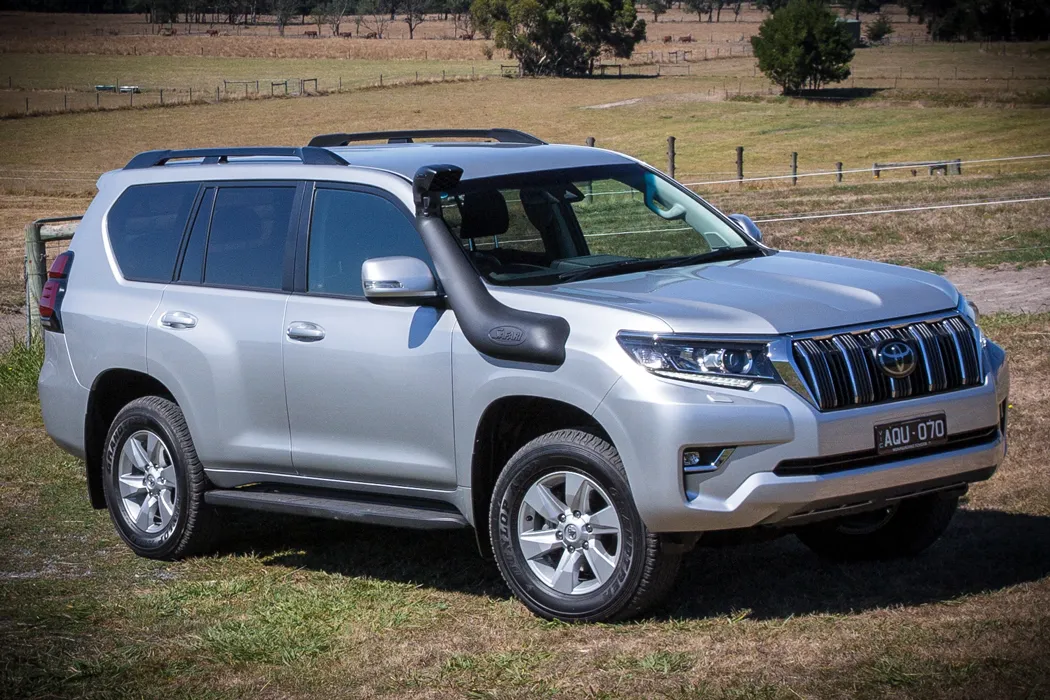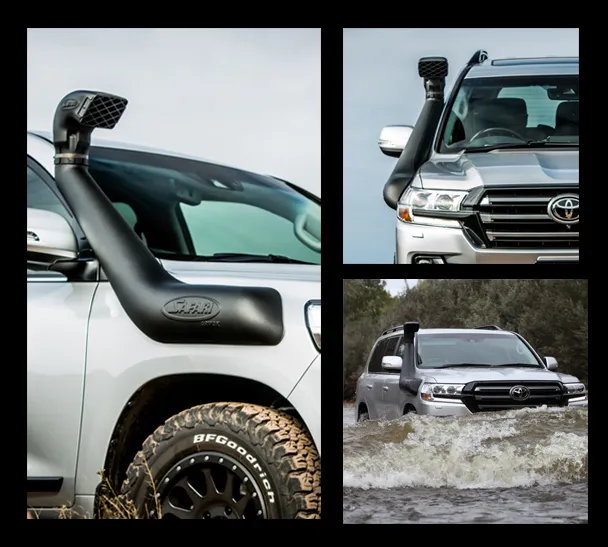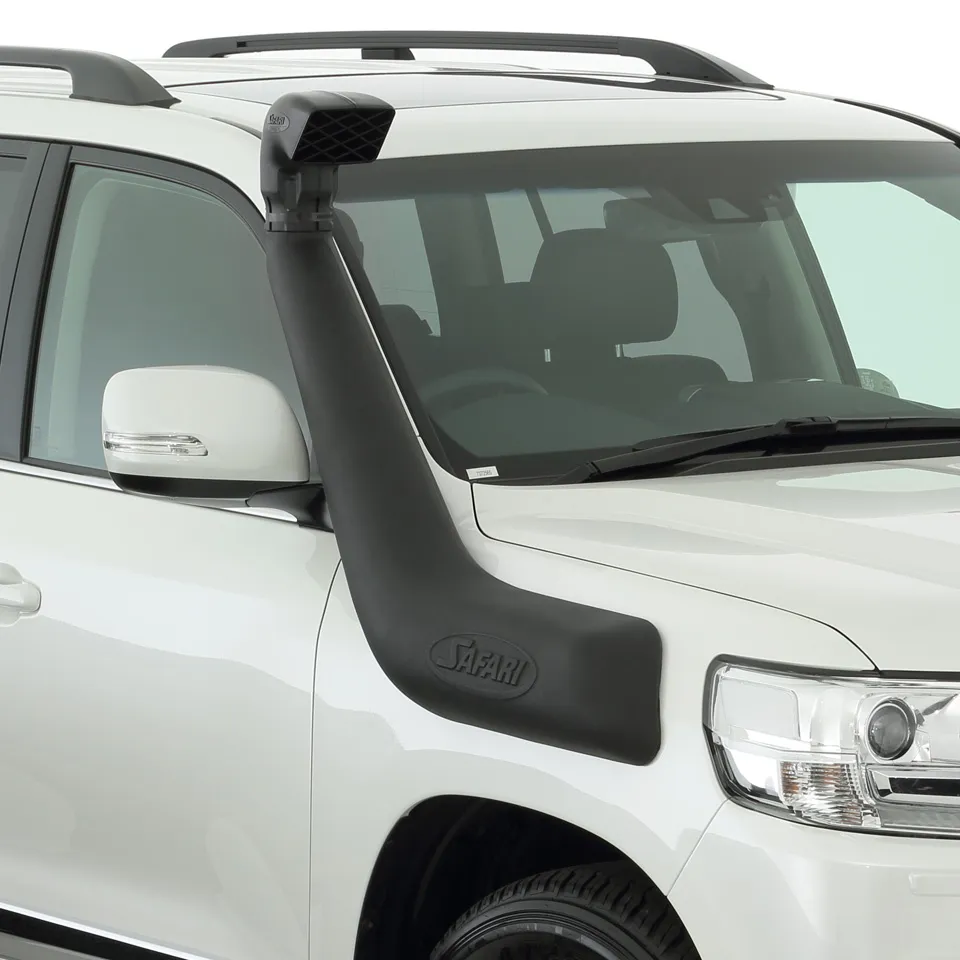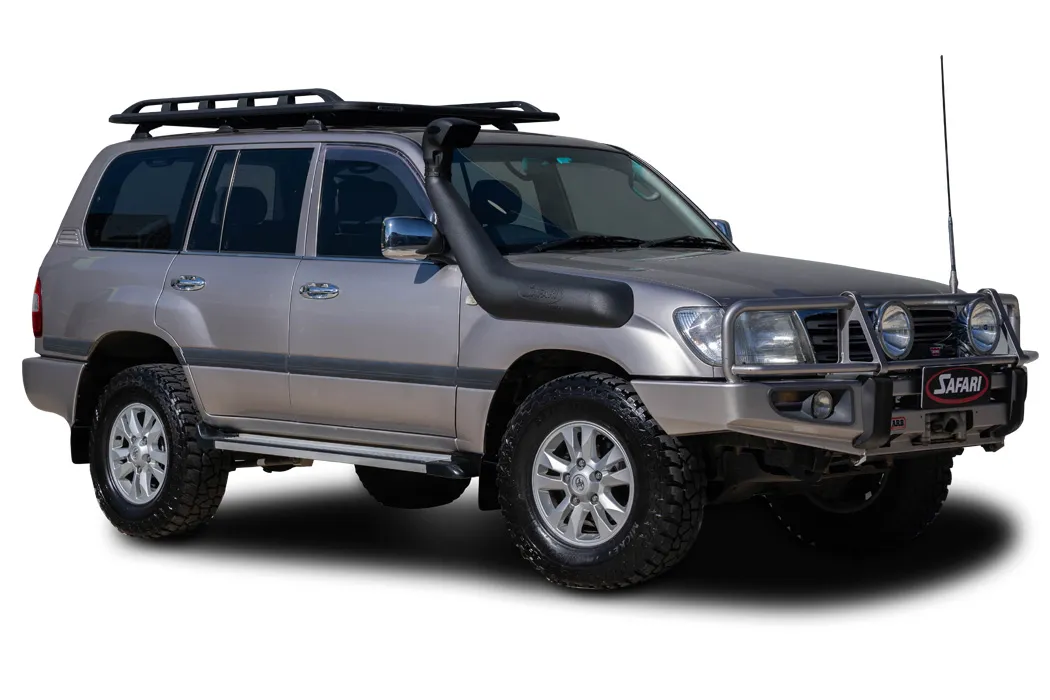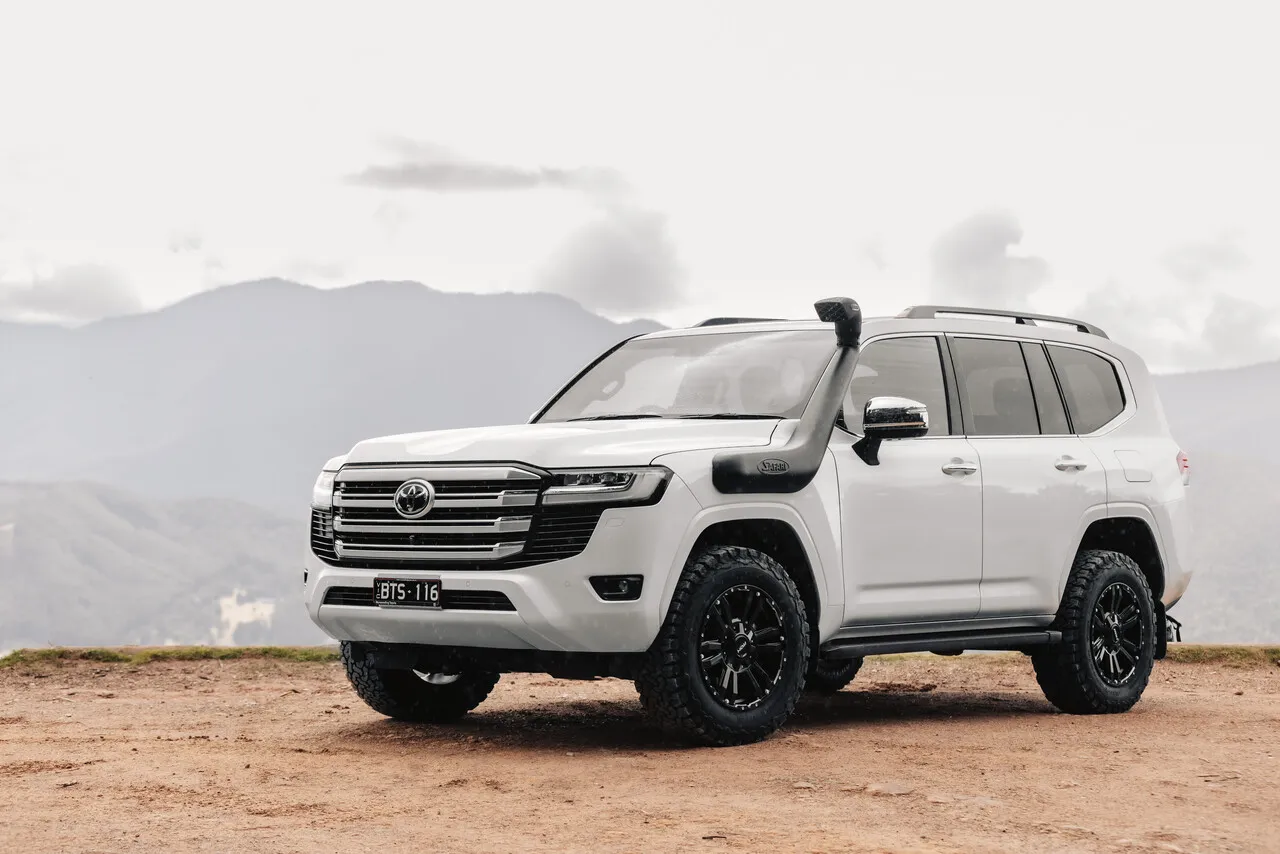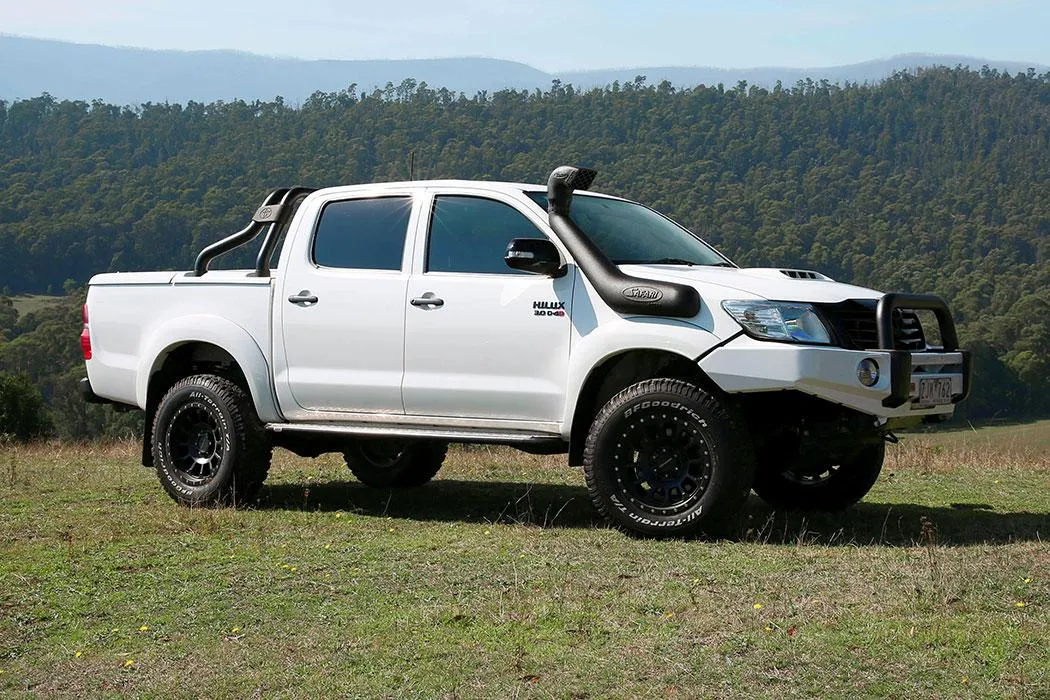Parts & Accessories Store
Workshop - Mod Plates & Services
Permanent & Temporary Removal Of Seats From Light Vehicles
When making permanent changes to the seating structures of light vehicles, such as the removal of seats, it is crucial to follow specific regulations and obtain proper approvals.
In many jurisdictions, including Australia, the modification must be approved by an Approved Person (AP), and a Modification Plate must be fitted to the vehicle for documentation and compliance purposes.
The reduction in seating capacity may result in a change of the vehicle category, requiring evidence in the form of a report provided by the certifying Approved Vehicle Examiner (AVE).
It’s essential to consult the approved codes of practice, which can be found in the Queensland Road Vehicle Modification Handbook for light vehicle modification codes.
The process may involve a Simple Inspection and the submission of relevant checklists, such as the LK1 checklist for seating reduction and seat belt removal.
In summary, any modifications affecting seating capacity should adhere to local regulations, involve an approved certifier, and result in the fitting of a Modification Plate to ensure legal compliance.
🌐 Sources
LK6 Installation of Child Anchor Points Services
When installing child restraint anchor points in your vehicle (code LK6), it’s essential to follow specific guidelines to ensure safety and compliance.
Qualified professionals, often referred to as Approved Persons, are authorised to install anchor points.
These anchor points must comply with Australian Design Rule (ADR) 34 and be within 40 mm of the longitudinal centreline of the child restraint.
Various services offer mobile installation, troubleshooting, and certification of anchor points.
Additionally, it’s important to consult the vehicle owner’s manual to locate existing anchor points.
To ensure aftermarket anchor points are compliant, use the services of a Queensland Transport-approved type 2 fitter for engineering and certification.
Always refer to the K6 Checklist for child restraint anchorage installation.
🌐 Sources
LM1 Fuel Tank Change Services
When considering a fuel tank change for a vehicle, particularly in the context of modifications, it’s important to adhere to specific guidelines and regulations.
The LM1 code is associated with fuel tank alterations, and compliance is crucial to meet legal requirements.
In various regions, government departments provide checklists for modifications such as LM1: Fuel Tank Alterations.
Additionally, modification plates, which indicate that the fuel tank alteration has been approved, may be necessary in some cases.
It’s noteworthy that replacement fuel tanks, even if certified as factory ones, may require adherence to specific procedures and regulations, including obtaining a modification plate.
The process may involve inspections, compliance with Australian Design Rules (ADRs), and certification by qualified professionals.
Always check with relevant authorities and consult the appropriate modification codes, such as LM1, to ensure a smooth and legal fuel tank alteration process.
🌐 Sources
LB1 Transmission Change Services
LB1 refers to the code for transmission substitution in vehicle modifications.
This involves changing the transmission system in a vehicle, and specific regulations and procedures must be followed for such modifications.
The Department of Infrastructure, Transport, Regional Development, Communications, and the Arts provides checklists and guidelines for LB1: Transmission Substitution.
When considering transmission changes, it’s essential to adhere to vehicle modification codes and, in some cases, obtain a modification plate for legal compliance.
The LB1 code may cover various aspects of transmission substitution, such as changes to the type or model of the transmission.
It’s advisable to consult with authorised professionals and follow the relevant codes to ensure the modification is compliant with safety and legal standards.
LB2 Differential Modifications Services
LB2 refers to the code for differential changes in vehicle modifications. When considering alterations to the vehicle’s differential, it’s crucial to consult the approved codes of practice outlined in the Queensland Road Vehicle Modification Handbook.
Differential changes may include upgrading, replacing, or modifying the differential system for various reasons, such as enhancing performance or accommodating specific needs.
To ensure compliance with safety and legal standards, it is recommended to follow the guidelines provided in the approved codes of practice.
Additionally, obtaining written pre-approval from relevant authorities may be necessary, depending on the nature and extent of the differential modifications.
🌐 Sources
LA1 Equivalent Engine Change Services
LA1 refers to the code for an equivalent engine change in vehicle modifications.
When considering replacing the engine in a vehicle, it is essential to adhere to the approved codes of practice outlined in the Queensland Road Vehicle Modification Handbook.
The LA1 code specifically covers the installation of an engine that is equivalent to the original, ensuring compatibility and compliance with safety and performance standards.
Before proceeding with an equivalent engine change, individuals should consult the relevant guidelines and checklists provided by authorities such as the Department of Transport and Regional Development.
Additionally, seeking certification from authorised inspection stations or approved persons is often a requirement to ensure that the replacement engine meets the necessary standards.
It is crucial to follow the specified procedures and obtain the required approvals to guarantee that the modified vehicle is both legal and safe for operation on the roads.
🌐 Sources
LA2 Performance Engine Installation Services
LA2 refers to the code for the performance engine installation in vehicle modifications.
This involves upgrading the engine for enhanced performance. Guidelines and codes for performance engine installations can be found in the Queensland Road Vehicle Modification Handbook, and it is crucial to adhere to these standards to ensure both safety and compliance.
When planning a performance engine installation, individuals should consider consulting authorised inspection stations or approved persons to obtain the necessary approvals and certifications.
Mobile services are often available, making the process convenient for vehicle owners.
It is important to follow the specified procedures, use certified components, and undergo the required inspections to ensure the modified vehicle meets safety and regulatory standards.
LA3 Turbocharger or Supercharger Installation
In vehicle modifications, LA3 is the code used for the installation of turbochargers or superchargers not originally offered by the vehicle or engine manufacturer.
Different Australian states may have specific regulations regarding the legality of fitting turbochargers or superchargers onto vehicles. In NSW, Victoria, and South Australia, generally, it is allowed, provided the modification is identical to the original equipment.
It’s essential to be aware of the specific codes and regulations in your state and to follow proper procedures for approval and certification. Code LA3 does not cover modifications that were originally offered by the vehicle or engine manufacturer.
Before proceeding with a turbocharger or supercharger installation, individuals should consult with authorised inspection stations or approved persons to ensure compliance with safety and regulatory standards.


